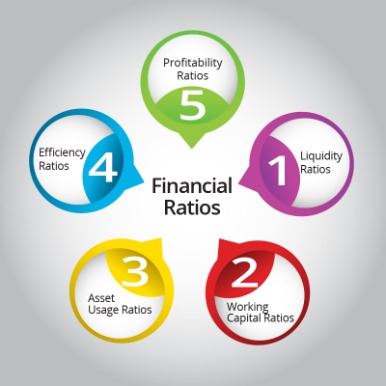
While the percentage varies among contracts, retainage is often 5 to 10 percent of the total payment owed to contractors. Understanding each contract type and knowing which projects call for a certain type of contract will help construction businesses keep track of their costs and revenue more accurately. One potential downside of the accrual method is that businesses can pay income tax on unrealized profit since the accounting system can record revenues that have not yet been received. One way to mitigate this problem is to structure contracts with the profit evenly distributed rather than front-loaded. The accrual method offers a more forward-looking view of a company’s finances by recognizing revenues and expenses as soon as bills are sent and received. For example, a construction company that has sent a bill for payment will record it as revenue even though the payment itself has not yet been received.
In construction accounting, financial statements offer valuable insights into the financial health and performance of construction projects. Percentage of completion accounting is a method used to recognize revenue and expenses based on the percentage of work completed in a project. This approach is particularly useful for long-term construction projects as it provides a more accurate representation of the financial status of the project throughout its duration. Assuming that the project is 20% complete, the percentage of completion method will determine that $2 million worth of costs can be billed to the client. This method ensures that the company’s revenues and expenses are accurately spread across the project’s duration. Efficient invoicing and payment management can be further streamlined through the use of specialized construction management software.
Fluctuating Overhead Costs
- As a result, there are special considerations for tracking, reporting, revenue recognition, collection and cash flow strategies, and cash management in construction.
- Conversely, the general ledger keeps tabs on the bigger financial picture — it’s like zooming out on all projects in a company.
- Unlike other reports on this list, contractors benefit from the job profitability report because it doesn’t have to be done in a set period.
In most cases, the percentage-of-completion method works in stages or payment milestones. According to Statista’s research, it took approximately 15 months for a construction contractor to build a privately-owned residential building in the United States in 2021. Similarly, the US Census Bureau data reveals that nonresidential construction projects valued at over $10,000,000 take around 28 months to complete. That’s unlike a construction project, where accountants need to take into account — pun intended — labor costs in different states and localities (more on that later). The future of any construction company depends on how it keeps track of its spending.
By carefully considering your needs and analyzing available options, you can invest in construction accounting software that brings long-lasting efficiency and financial clarity to your business. It’s a small part of the payment held back 4 types of responsibility centres to make sure contractors and subcontractors do the job right and follow the project’s specifications. Usually, this amount is about 5% to 10% of the total contract price, and it’s given out either after a set time or when the project is finished. Construction Accounting is a special stream of financial management developed for construction financial professionals. It uses unique methods like the Percentage-of-Completion Method and Completed Contract Method to figure out the exact time to record earnings and costs. Because the pay application process is complicated, many contractors avoid doing it more often than monthly.
A Great Construction Accounting System Helps You Make Better Financial Decisions

It is essential to update the estimated costs and progress throughout the lifetime of the project. This method provides a more accurate reflection of a construction company’s financial health during the course of a project and is in line with the ASC 606 guidelines. Job costing gross pay vs net pay is essentially charting out a project’s financial roadmap — a comprehensive exercise that tabulates the entire cost landscape of a project.
The Importance of Specialized Construction Bookkeeping
You don’t have to pay taxes on sales you haven’t collected yet, because you only record sales when you receive payment. You also need to keep track of expenses at the time of payment to reduce your tax bills this year by buying additional consumables towards the end of the year. Contractors are particularly vulnerable to changes in material costs due to the difficulty of pre-stocking construction materials. Overhead costs such as administration and insurance are also subject to change during the multi-year contract. Compared to Retail or Manufacturing, Construction Accounting usually focuses on custom projects and needs to manage everything for profitability.
Monitor and Control Construction Costs with Budgeting Software
Another crucial aspect is construction accounting GAAP (Generally Accepted Accounting Principles), which are the standard guidelines in the United States for financial reporting and accounting. One of the fundamental principles of construction accounting is the matching principle. This principle states that expenses should be recognized in the same period as the revenue they help generate.
In addition, work in this sector tends to be seasonal, making it difficult to estimate when contractors will land new jobs. For practical purposes, these 2 projects are individual endeavors, and accountants track their progress separately. This leads to unique challenges, such as different client requirements and the ebbs and flows in expenditure. This is especially true with a company that uses mostly long-term contracts, which are generally business email compromise more compatible with the percentage of completion method. Keep in mind that certain methods are unavailable to large companies with high annual revenues. This cycle continues throughout the life of the construction company, which gains a competitive advantage by using real-world job cost data to optimize bids, estimates, profit margins, and more.

